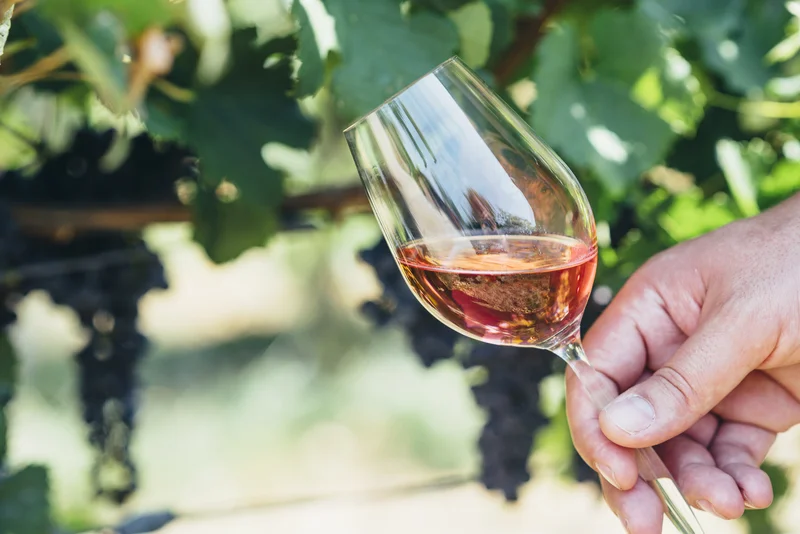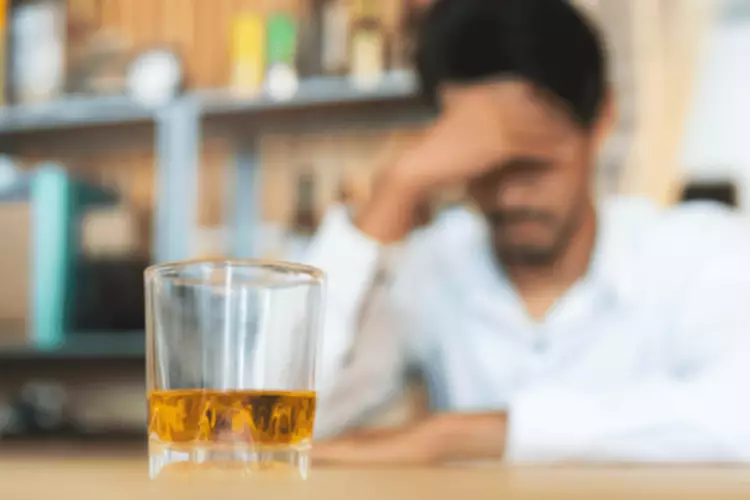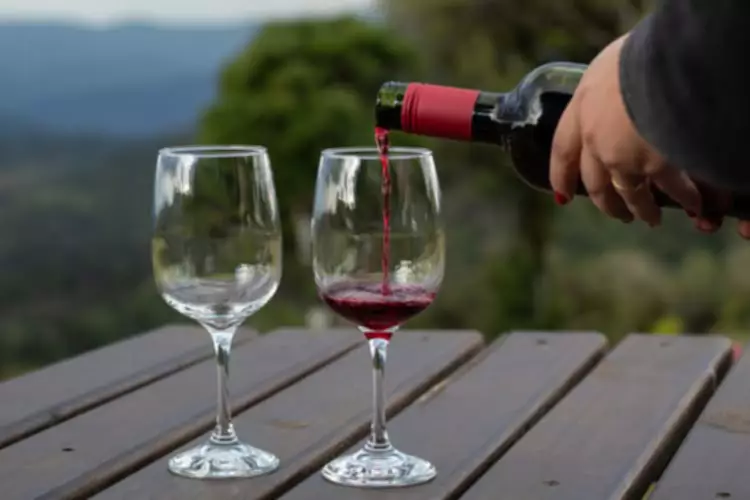
The Big Book explains that this step is vital for spiritual progress, as keeping secrets fuels shame and blocks us from true freedom. Sharing these truths with someone we trust helps us release the emotional weight we’ve carried. It’s not about being judged—it’s about getting honest and breaking the cycle of isolation. Step 3 isn’t about perfection—it’s about making a choice to trust something beyond ourselves for guidance. The Big Book emphasizes “God as we understood Him” to ensure this step is open to everyone, regardless of personal beliefs.
Step 1: “We admitted we were powerless over alcohol—that our lives had become unmanageable.”
It’s a moment of surrender where we trust that real change happens not by self-will but through spiritual growth. Step 3 is worked through action, specifically by saying the Step 3 prayer from the Big Book, which asks for guidance and freedom from the bondage of self. For me, this moment came when I finally stopped trying to control my addiction and surrendered fully. I spoke the Step 3 prayer aloud, and something changed—I felt a weight lifted, and I knew I wasn’t fighting alone anymore. Making this decision with complete honesty opened the door for everything that followed in recovery. Thrive helps you take control of alcohol through naltrexone drug addiction treatment and the Sinclair Method, combining neuroscience and behavior change to transform your drinking habits for good.

Steps One, Two and Three – Letting Go of Control
Many of us come to Al-Anon filled with despair and hopelessness. Some of us come to find out how to get another person sober; others grew up in alcoholic homes or left alcoholic partners and no longer live with active drinking. We may not see the impact https://ecosoberhouse.com/ of having lived with alcoholism until we begin to acknowledge that there are familiar difficulties in our present lives and relationships. Many of us would not have voluntarily walked through the doors of Al-Anon if we were not in some sort of crisis or pain that forced us to seek help. When in the cycle of addiction, it was not uncommon for us to wake up from a binge feeling guilty for what had just happened, yet with the obsession to use still clawing at our brains. As it turned into a problem, we naively made up our minds to moderate or quit.

What AA Means By “Powerless”

Our shame, guilt, despair and anger weren’t triggered because somebody told us we were powerless. It’s the human condition, the natural and foreseeable consequence of wrestling with forces beyond our control. Our hope is merely to capture the spirit of the fellowships, and to approach people with the language they commonly use to describe the disease of addiction. Step 9 begins by revisiting your Step 8 list and working with a sponsor to determine the best way to approach each amends. It’s essential to prioritize humility and sincerity, making direct contact where appropriate and avoiding harm where necessary.

Step 2 invites us to believe that recovery is possible, even when we feel hopeless. It’s not about religion or forcing specific beliefs—it’s about becoming open to the idea that something greater than us can help where we’ve failed on our own. This step calls us to let go of our old way of thinking and embrace the possibility of freedom from addiction. One day, I stumbled upon an alternative approach called the Sinclair Method (TSM). This treatment uses medication called naltrexone to reduce alcohol cravings and consumption over time. It did not require quitting alcohol like AA did, not did it require labels.
Why I Didn’t Want to Try AA
A spiritual awakening, as described in the Big Book, is the internal shift that occurs as we work the steps—a complete transformation in our thinking, attitudes, and way of life. It’s not about perfection or enlightenment but the profound freedom that comes from being freed from the obsession to drink or use. Understanding powerless, that I had no choice, changed my life. It wasn’t until I had a full understanding of this word that my spiritual journey really was able to begin. It also made me realize that I’m not a bad person or a weak person. I finally understood what an alcoholic and addict really is.

To drive this analogy home, let’s further assume that as the waters recede from the earth and dry land reappears, our flood survivors become determined to rebuild on the same spot. We would urge them to come to their senses, admit that they are powerless, and move to higher ground with the rest of us. That’s exactly the course of action we who have recovered from substance abuse took once we finally admitted that we are powerless over alcohol and drugs. Yes, there are many support options outside of AA, such as online alcohol recovery programs, harm reduction groups, online support groups, therapy, and coaching. At Thrive, we provide personalized support for those looking to change their relationship with alcohol using TSM, examples of powerlessness over alcohol without a traditional 12-step approach.
- Acknowledging it doesn’t relegate us to living a life imprisoned in fear, shame, or helplessness – in any context.
- The 1st Step isn’t just about admitting we were powerless over alcohol or drugs—it’s about learning how to apply this principle to broader challenges in our lives.
- I had never been that honest about my past, but the day after, I felt lighter, and the obsession to drink or used had lifted and has not returned in over seven years.
- Only by realizing the futility of drinking and drugging, where disaster was forever certain to occur, did we pick up and move to higher ground, abstinence.
- Sometimes a functioning alcoholic or addict can’t immediately see the unmanageability their addiction is causing.
- The Big Book of Alcoholics Anonymous explains that we suffer from a mental obsession that drives us to take the first drink or drug, despite the pain it brings.
The focus here is on genuine willingness, not perfection, as we let go of the patterns that fueled our addiction. Working Step 5 effectively means sharing your moral inventory with someone who understands the process. I’ll never forget sharing my Step 5 on the rims of Billings, Montana, in my sponsor’s 1983 mailman Jeep. I had never been that honest about my past, but the day after, I felt lighter, and the obsession to drink or used had lifted and has not returned in over seven years. True freedom began when I stopped hiding and trusted the process. This process is designed to guide us not only out of addiction but into a life of purpose, integrity, and personal recovery.